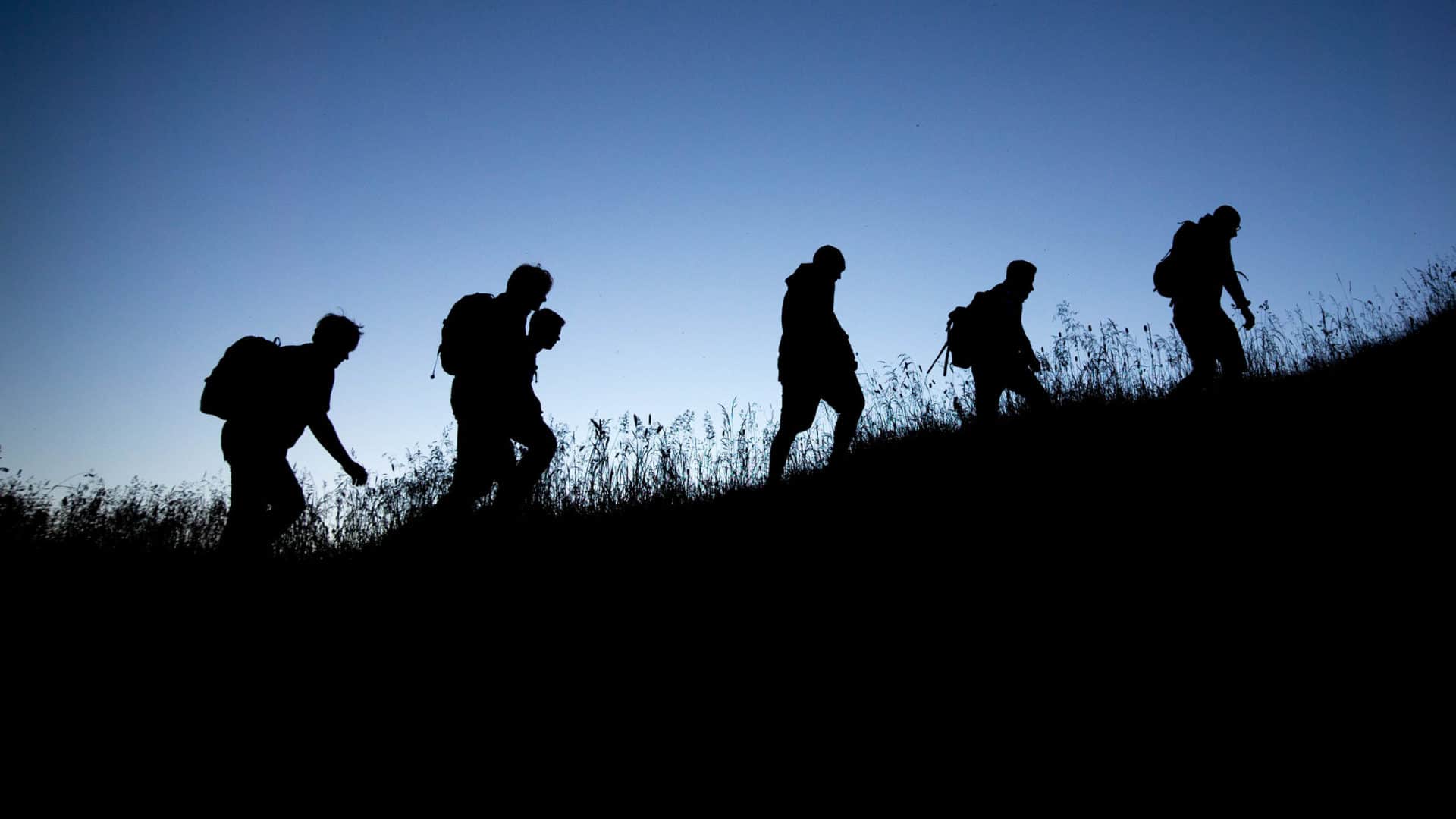Introduction
trails wilderness program death Outdoor adventure programs have long been touted as a means of personal growth, self-discovery, and character development. These programs often take participants into the heart of nature, providing them with opportunities to challenge themselves physically and mentally. However, despite their many benefits, outdoor adventure programs are not without risks. In recent years, there have been instances of tragic deaths associated with these programs, raising questions about their safety and the responsibilities of program organizers. This article delves into the troubling issue of deaths within wilderness programs, focusing on the need for stricter safety regulations and improved participant screening.
The Appeal of Wilderness Programs
trails wilderness program death Wilderness programs offer participants a unique and immersive experience in nature. These programs range from backpacking and hiking adventures to more intense activities like rock climbing and white-water rafting. Participants are drawn to wilderness programs for a variety of reasons, including a desire to disconnect from technology, build resilience, and develop leadership skills. The allure of the great outdoors and the promise of personal transformation make these programs highly appealing to people of all ages.

The Tragic Incidents
trails wilderness program death While wilderness programs hold the potential for positive outcomes, they also carry inherent risks. Tragically, there have been instances where participants have lost their lives during these adventures. The circumstances of these deaths vary but often involve accidents, medical emergencies, or adverse weather conditions. In some cases, it has been alleged that program organizers failed to provide adequate supervision or emergency response protocols, exacerbating the dangers faced by participants.
One such incident occurred in 2019 when a young woman named Emily lost her life during a wilderness program in the Rocky Mountains. Emily was part of a group on a backcountry skiing expedition when an avalanche struck. Despite the group’s training and safety equipment, Emily was unable to escape the avalanche’s path and tragically perished. This incident raised questions about the preparedness of the program organizers and whether they had adequately assessed the avalanche risk on that particular day.
must read=trails wilderness program death
must read=trails carolina horror stories
The Need for Stricter Regulations
In the wake of such tragedies, there has been a growing call for stricter regulations governing wilderness programs. Advocates argue that these regulations should cover a range of areas, including participant screening, safety protocols, and staff qualifications. Currently, the level of oversight and regulation varies widely from one program to another, leaving room for inconsistency and potential gaps in safety measures.
One crucial aspect that requires attention is the thorough screening of participants. Wilderness programs often attract individuals seeking adventure, personal growth, or a change of pace in their lives. While these motivations are valid, program organizers must ensure that participants possess the physical and mental fitness required for the specific activities involved. Inadequate screening can result in participants who are ill-prepared for the challenges they may encounter, increasing the risk of accidents and fatalities.

Moreover, wilderness programs must adhere to rigorous safety standards. This includes providing comprehensive training for participants, having well-defined emergency response plans, and regularly assessing the environmental conditions to ensure the safety of all involved. Additionally, the qualifications of program staff and guides should be closely scrutinized, with an emphasis on their experience, certifications, and ability to handle emergencies.
Balancing Adventure and Safety
It’s important to strike a balance between adventure and safety in wilderness programs. The allure of adventure should not overshadow the paramount importance of participant well-being. Program organizers must prioritize safety at all stages, from planning and preparation to execution and follow-up.
One way to achieve this balance is through collaboration between industry stakeholders, including program organizers, government agencies, and outdoor enthusiasts. Establishing a set of industry-wide standards and best practices can help ensure that all wilderness programs prioritize safety and adhere to a common set of guidelines. Such collaboration can also lead to improved training for program staff and better risk assessment procedures.

The Role of Informed Consent
Informed consent is another critical aspect of wilderness programs that requires attention. Participants should be fully aware of the potential risks involved in their chosen adventure and must willingly accept those risks. Program organizers should provide participants with comprehensive information about the activities, potential hazards, and safety measures in place. Informed consent can empower participants to make educated decisions about their participation, ensuring that they understand and accept the inherent risks.
Conclusion
Wilderness programs offer unique opportunities for personal growth and self-discovery, but they are not without risks. Tragic incidents resulting in death have prompted a call for stricter regulations and increased safety measures within the industry. The responsibility lies with program organizers, government agencies, and participants themselves to ensure that adventure does not come at the cost of safety.
To prevent future tragedies, it is imperative that wilderness programs thoroughly screen participants, adhere to stringent safety standards, and maintain open lines of communication regarding potential risks. Striking a balance between adventure and safety is essential, and the industry must come together to establish common standards that prioritize participant well-being. In the end, wilderness programs should remain a source of personal growth and transformation, offering participants the opportunity to explore the great outdoors while minimizing the risks associated with these adventures.









